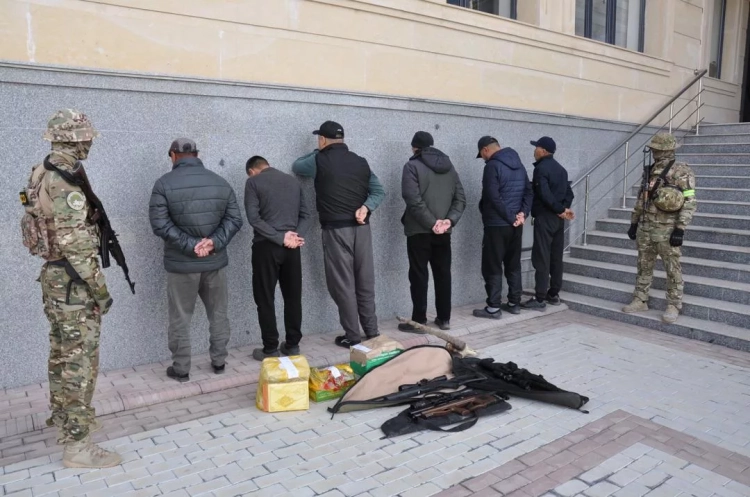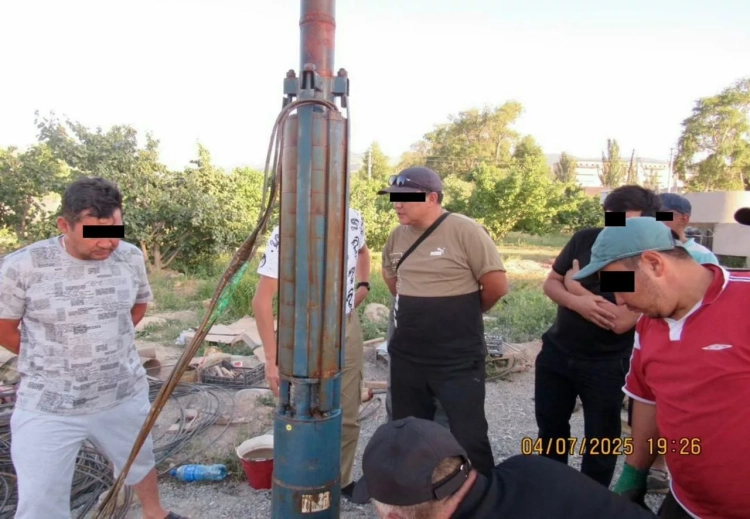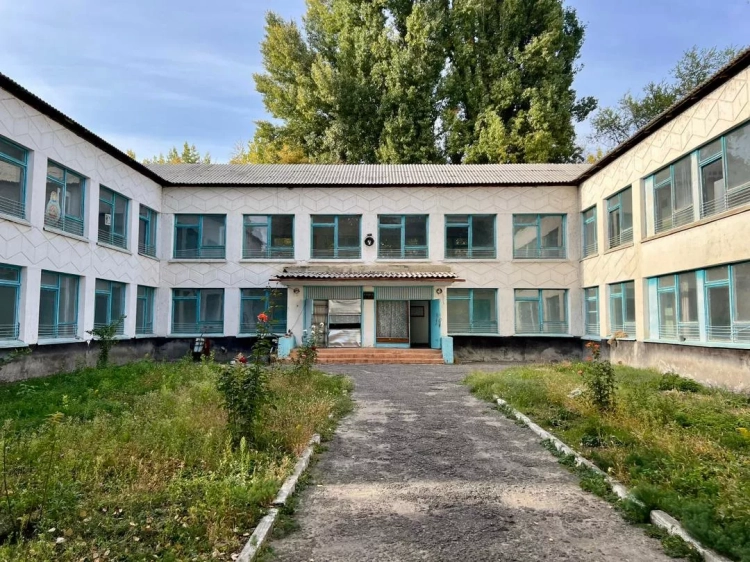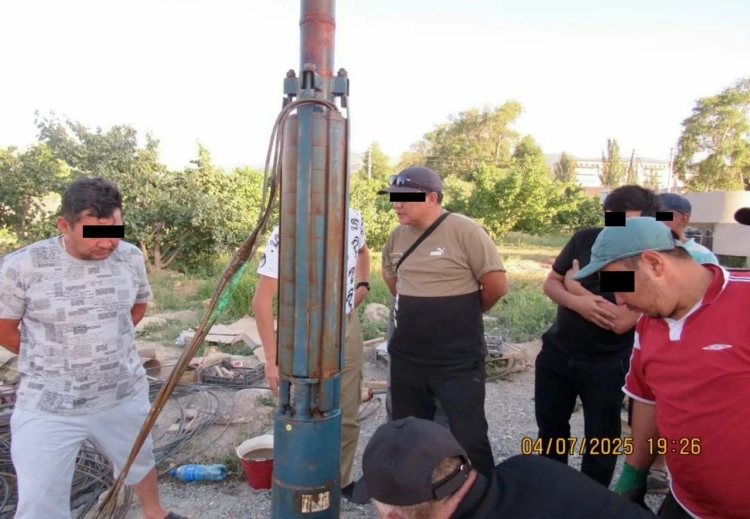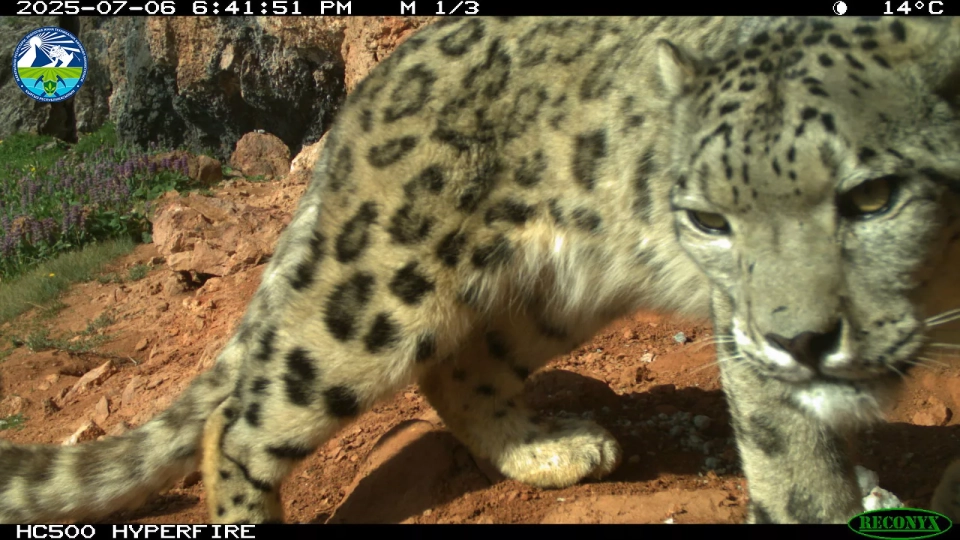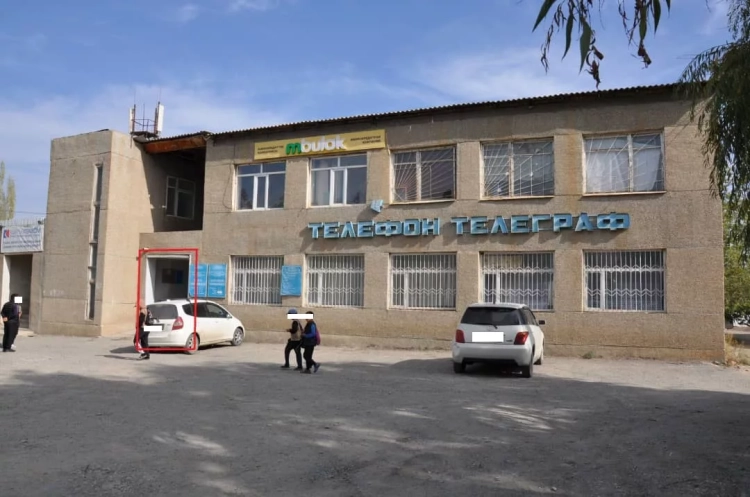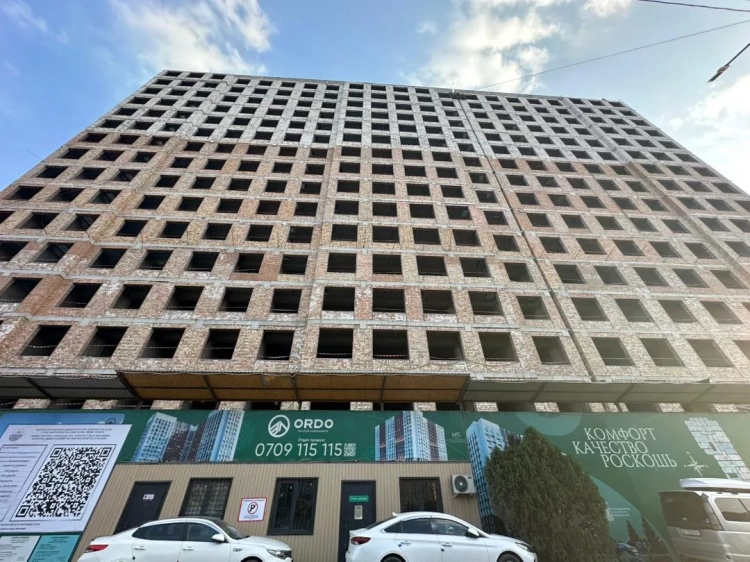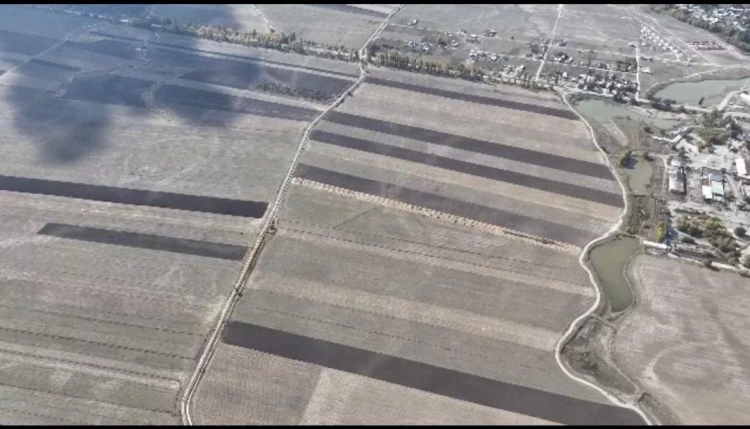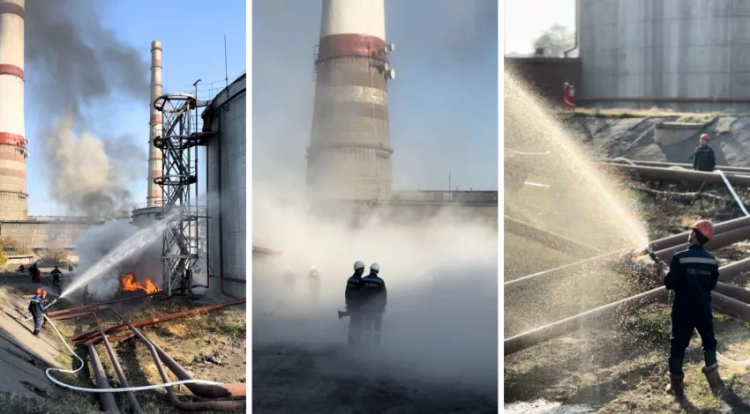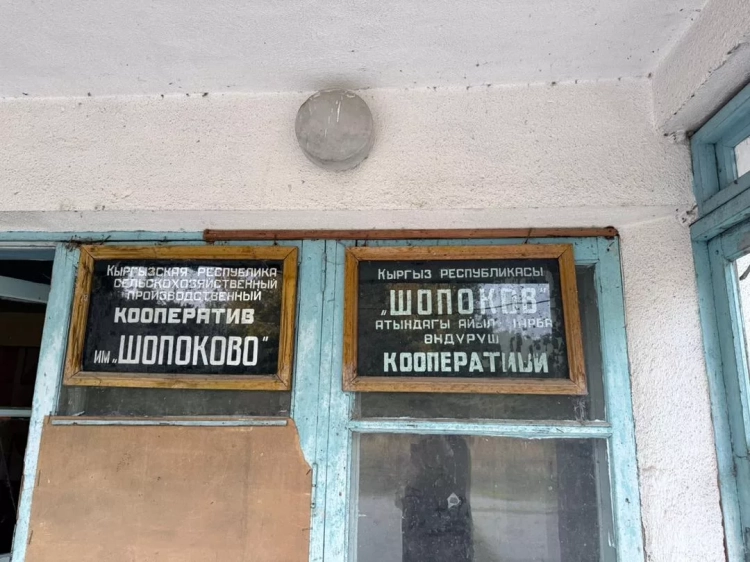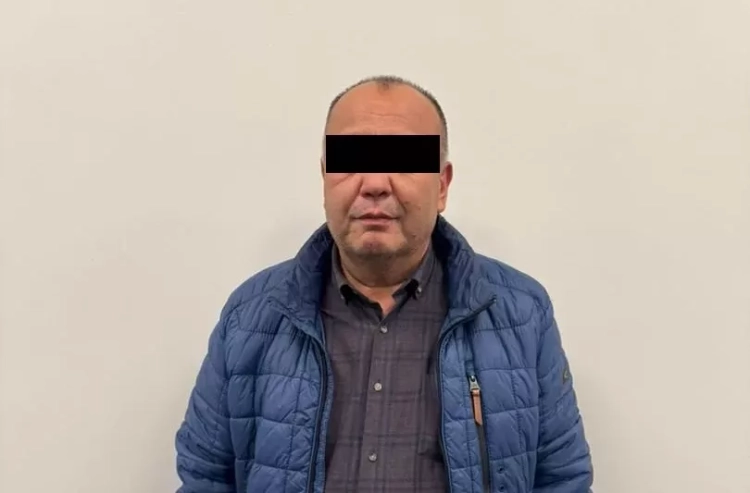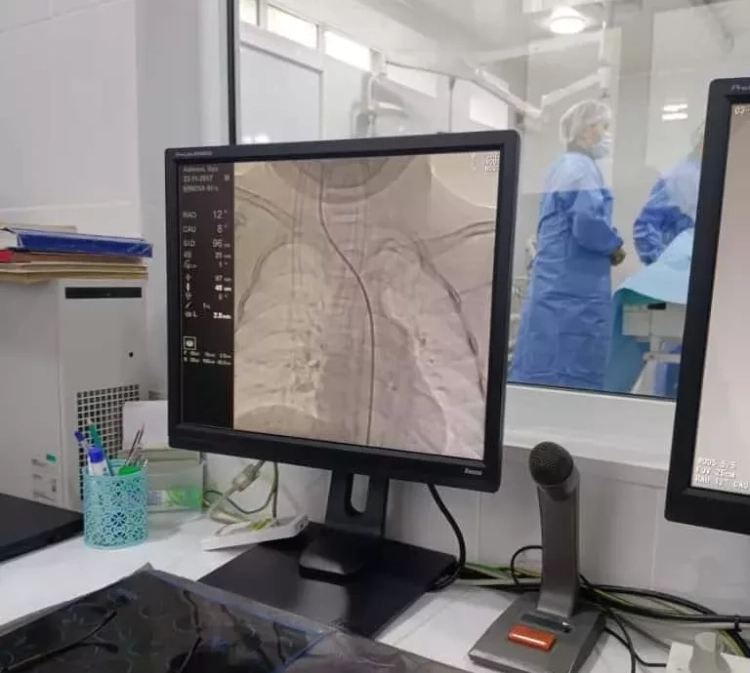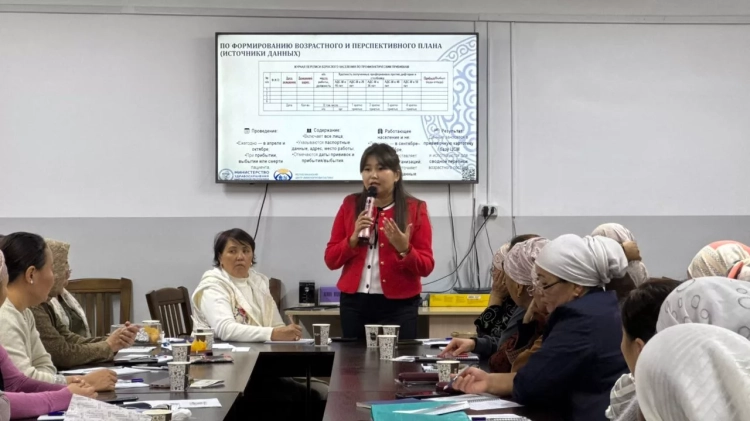Mosaic of Satyr Aitiev
The mosaic by Satyr Aitiev on the laboratory building of the Kyrgyz State University is imbued with the metaphorical nature of its image-plastic language and exceptional richness of pictorial form. The artist brought into this monumental form the experience of his easel painting, characterized by its coloristic and textural refinement, as well as the allegorical content. The central composition, "Path of Enlightenment," occupies a large area of the protruding canopy above the vestibule and dominates the architectural and artistic image of the building.
The allegorical figure of a woman—embodying science and social progress—unites two groups of figures with her hand gestures, symbolizing the past and present of the Kyrgyz people. The figures are freely placed in a conditional pictorial space created by the collision of blue, light blue, and greenish colors, with flashes of golden-yellow, red, purple, and white. In the generalized silhouettes of people emerging from the shimmering color streams of smalt, there is a dramatic impulse that compels the viewer to feel the difficulties of a turning point in time, the idea of the Kyrgyz people's revival to a new life.
The central composition is supported by side mosaic inserts-friezes, located along the entire line of the facade wall.

Interacting with the wall space and the entire volume of the squat building, they create a complex associative image. The concise titles—"Dedication," "Eternity," "Memory," "Song of the Mountains," "Wonder"—reveal the author's task in solving images that possess a gradation of moods and evoke a strong impression. The author compels the viewer to detach from the mundane and immerse themselves in the image of the sun-scorched steppe, to hear the prolonged and rhythmic melody of folk songs, as rolling as the hills, and to feel the unity of man with nature.
Behind the original associative thinking and pictorial-plastic mastery that S. Aitiev demonstrated in this work undoubtedly lies a rich visual culture, creatively reworked traditions of domestic and contemporary European painting. Nevertheless, there is a strong sense of the painter's connection with the layers of folk artistic heritage. When contemplating the mosaics, one recalls the monumental patterns of Kyrgyz felt, the unique expressiveness of chiy mats, and the epic breadth of folk poetic tales. It should be noted that in pursuit of pictoriality, the author sacrificed some specific expressiveness of the mosaic technique.


